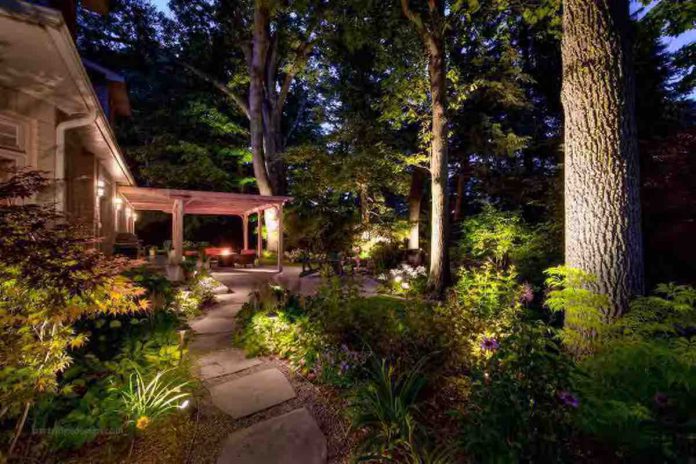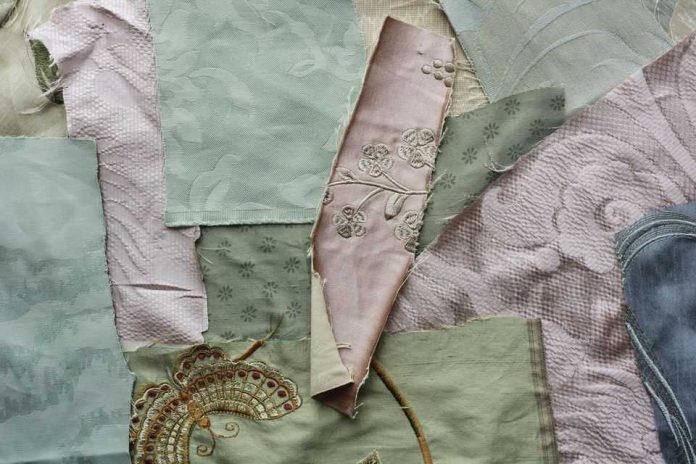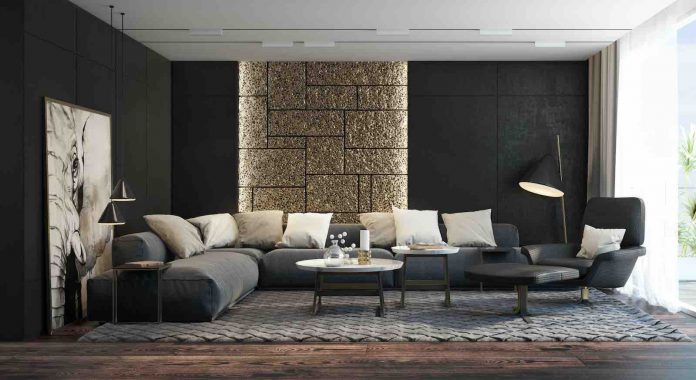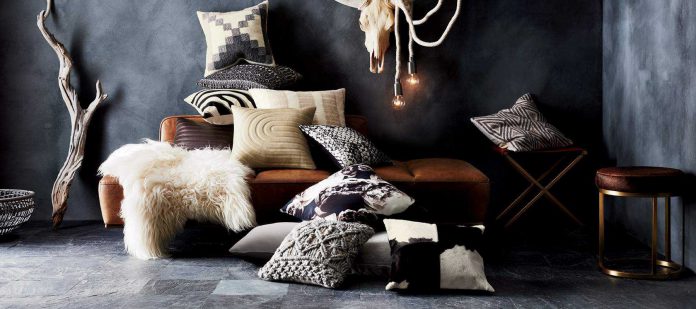Consider Durability, Style and Color
The first thing that comes to mind when you are thinking about buying?upholstered furniture?is usually what color to pick. It’s usually the single biggest factor in fabric selection. But while color is important, other factors are equally important.
Fabric Durability
The importance of fabric durability varies depending on the piece of furniture, which room it is used in and personal aspects of the family, such as if children and pets live in the house.
Your fabric selection should reflect those issues.
- Woven patterns hold up longer than printed ones, as do higher thread counts and tight weaves. Thread count refers to the number of threads per square inch of fabric, and denser fabric lasts longer.
- Choose a fabric based on who will be using your sofa. If your pets will be sharing your sofa with you, consider a microfiber fabric or leather because these can withstand extra wear and tear.
- Fabric durability?is important if your sofa or chair will get daily use.
Fabric Style
Choose a fabric that complements both the piece of furniture and the interior decor of your house.
Your fabric choice should be harmonious with the style and character of the piece it is covering. For example, a traditional fabric is a go-to choice for a traditional-style frame. That said if you have an adventurous sense of style and know how to merge two seemingly different styles together, go for it.
This approach adds originality to your space. An example of that unexpected choice might be a geometric design on a wing-back chair. This example works best in a room that is contemporary, with the wing-back chair an accent in itself, so that the print connects to the rest of the decor.
Some fabrics appear casual, while others look more formal.
Choose a fabric that echoes?your own style?and the mood of the decor in that room.
Consider the scale of the pattern. It should be appropriate to the size of the furniture it is covering as well as the room size. A large bold, pattern might work better in a larger room, while a more muted or smaller one might be a better choice for a smaller space.
Fabric Color
The color?of the fabric is very often the first choice you make when buying furniture, and it has a significant impact on your decor, especially if the furniture piece is a large sofa that will dominate the room.
Make sure your color choice is one you can live with happily for a long time. For instance, it might be best to avoid a very bold color for a smaller room, especially if your sofa is also large. Neutrals are generally the safest route since they tend to satisfy over time.
Avoid delicately colored fabrics if you have children and/or pets.
To strike the right mood, consider the color temperature. Warm and cool colors affect the mood of the room and that aspect should be part of the decision. Avoid trendy colors, unless you really like them. They can look dated long before the sofa or chair needs recovering.
Special Considerations
There are some other factors that you should consider before you make a selection.
These have to do with the environment in which you’ll be placing your couch. Does your room get a lot of sun?or is there any dampness?
Are there pets who share the furniture with you? Does anyone suffer from allergies?
Fade resistance:?This factor is important if it will be placed in a room that gets plenty of sunlight or close to a window.
Mildew resistance:?Look for fabric that is mildew-resistant if you live in a humid climate.
Allergies:?Consider fabric such as microfiber for certain allergies because it is lint-free and does not attract dust.
Pets:?If you have pets avoid using delicate fabric such as silk or any fabric with lots of texture. Select?pet-friendly upholstery?instead.
BY ABE ABBAS











 Color is probably the first thing most people think about when they’re trying to choose the perfect throw pillow. The key thing to remember is that an accent pillow should always compliment?the sofa?or chair it will be sitting on. This means it can either blend in or stand out, and the best way to achieve this is to?look for something that?s either similar in color to the piece of furniture, or look for something that is completely different so that it adds contrast.
Color is probably the first thing most people think about when they’re trying to choose the perfect throw pillow. The key thing to remember is that an accent pillow should always compliment?the sofa?or chair it will be sitting on. This means it can either blend in or stand out, and the best way to achieve this is to?look for something that?s either similar in color to the piece of furniture, or look for something that is completely different so that it adds contrast. If you want to add a touch of a particular pattern to a room a throw pillow is a great way to do it. (It’s also great if you already have a pattern you love and want to add more!) When experimenting with pattern by way of accent pillows don’t be afraid to try something a little bold. ?As long as the colors are complimentary, a patterned pillow on a solid fabric can be a lot of fun.
If you want to add a touch of a particular pattern to a room a throw pillow is a great way to do it. (It’s also great if you already have a pattern you love and want to add more!) When experimenting with pattern by way of accent pillows don’t be afraid to try something a little bold. ?As long as the colors are complimentary, a patterned pillow on a solid fabric can be a lot of fun. Texture is an important element in every room, and the texture of your throw pillows and how they work with the rest of the upholstery should always be considered. Ideally you want to create depth by combining different textures (this is particularly important in monochromatic or?neutral spaces).
Texture is an important element in every room, and the texture of your throw pillows and how they work with the rest of the upholstery should always be considered. Ideally you want to create depth by combining different textures (this is particularly important in monochromatic or?neutral spaces). Pillow embellishments include details such as button tufting, ribbons, brooches, sequins, and even small mirror accents. Embellishments can do a lot to enhance the look of a pillow, but it’s really important to keep in mind that if the pillow is more than just decorative (you may lean or rest on it) you don’t want any embellishments that could scratch you or make you uncomfortable.
Pillow embellishments include details such as button tufting, ribbons, brooches, sequins, and even small mirror accents. Embellishments can do a lot to enhance the look of a pillow, but it’s really important to keep in mind that if the pillow is more than just decorative (you may lean or rest on it) you don’t want any embellishments that could scratch you or make you uncomfortable.




